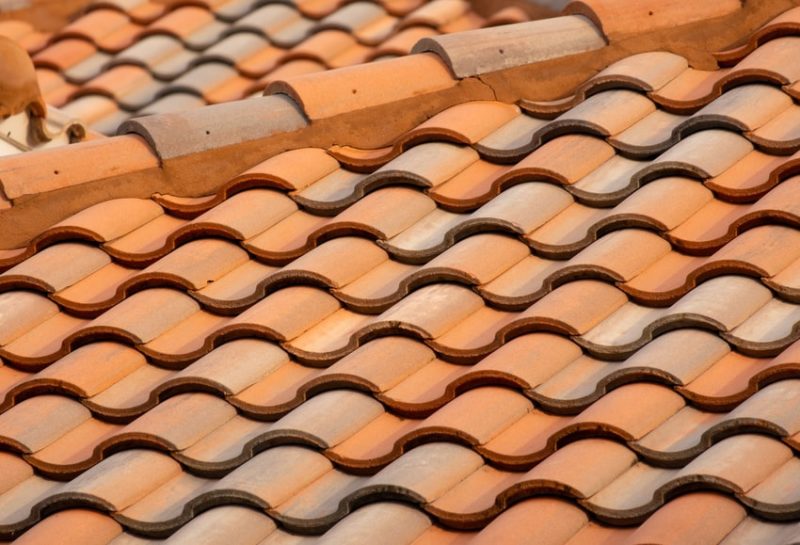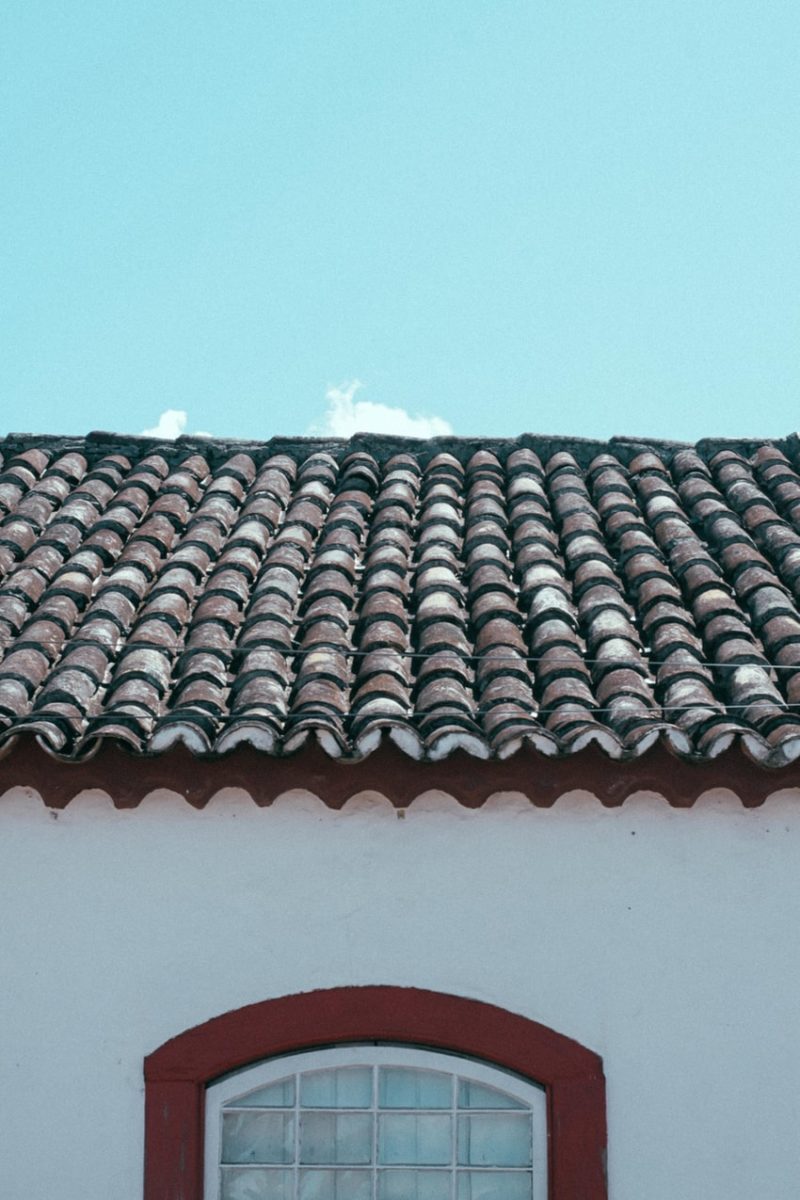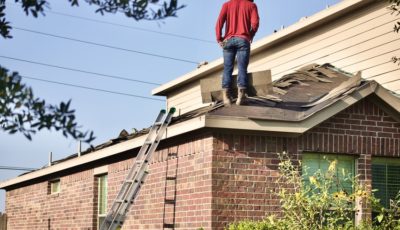Can The Summer Sun Damage Your Roof?
It’s pretty common to drive through neighborhoods and see heat waves rising from roofs. Other than raising the temperature, though, does the sun do any damage to a typical roof? When you understand the potential roof problems that can result from long-term sun exposure, you’ll be better able to protect your roof and know when it needs repair.
Fading
One of the most obvious roof problems resulting from long-term sun exposure is fading. While a faded roof won’t endanger the integrity of your home, it can significantly diminish its appearance. Certain roof types, such as metal roofs, can be refinished to help restore a like-new appearance. The good news is that all roofing materials are built to resist fading over the life of the roof.

Cracking
The sun’s harsh UV rays can do more than simply fade shingles. As the sun beats down, the composition of asphalt shingles can change, ultimately causing them to dry out. Over time, this can cause the shingles to crack, potentially leaving the sheathing underneath vulnerable to the elements. Small cracks in shingles typically won’t cause much of a problem if the roof was installed correctly. Multiple large cracks, though, should be inspected by a trusted roofer such as Able-Warnecke Roofing Inc.

Curling
As the heat from the sun makes shingles expand and contract, curling becomes a very real possibility. As the adhesive underlayment on each shingle loses its strength through the years, the edges of the shingles can curl when they change in size during normal temperature changes throughout the day. Curling shingles could also be a sign of attic issues, meaning you should take this problem seriously.

Temperature Changes
Another problem that you often run into with changing temperatures is nail pops. A nail pop is when a nail holding down a shingle pushes through the shingle, creating a small hole. This issue is seen most often on roof caps. If you notice nail pops, it could indicate that your shingles are unusually brittle or that your attic is improperly insulated. Either way, it’s a good idea to fill the holes in your shingles with a sealant so that water can’t find its way into your home.

Know Your Roof
The most important way to avoid age-related roof problems is to know your roof. Specifically, you should know, at least within a few years, when your roof was installed. This will help you determine if it’s time to have your roof inspected to ensure it’s still providing the level of protection that it did the day it was added to your home.









